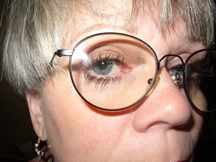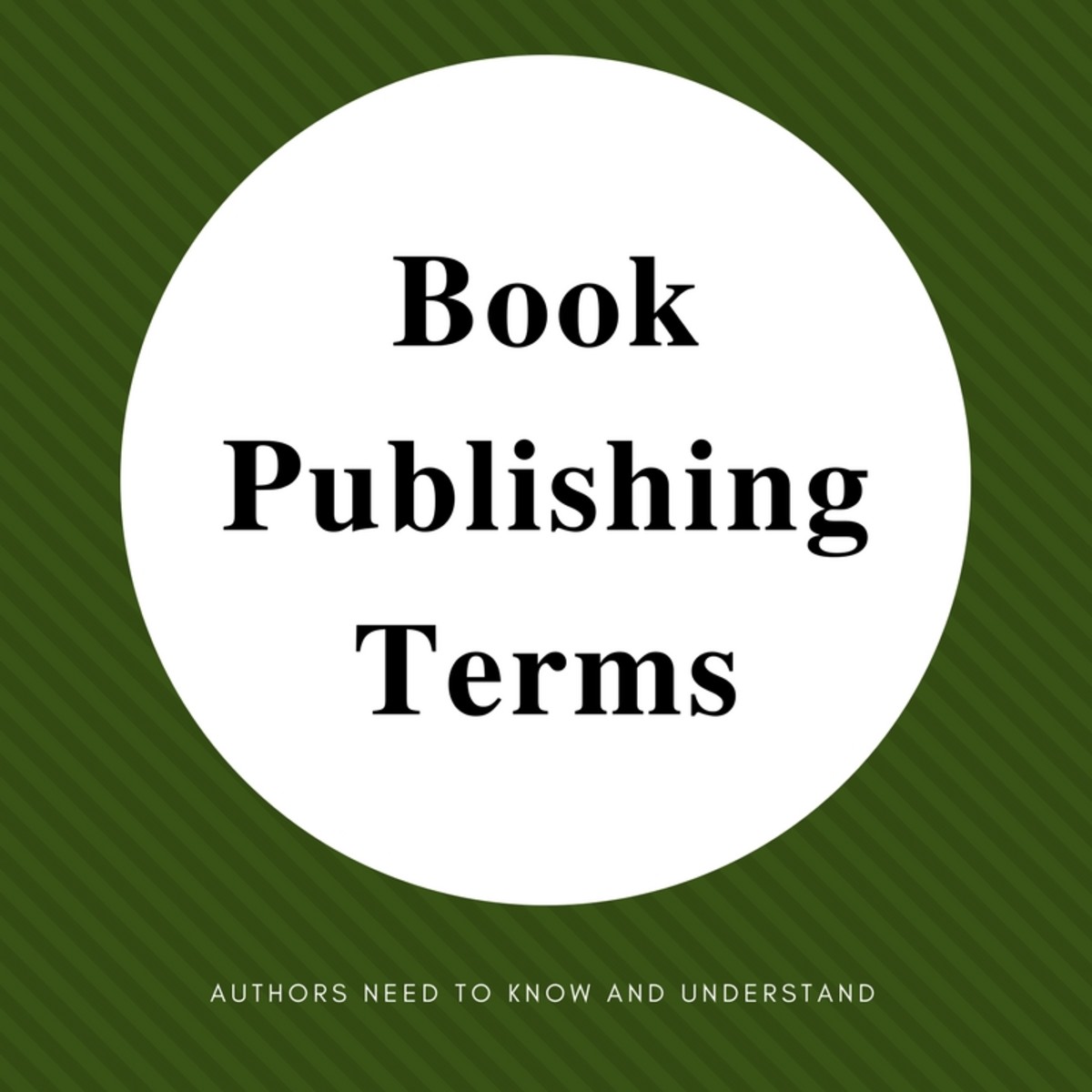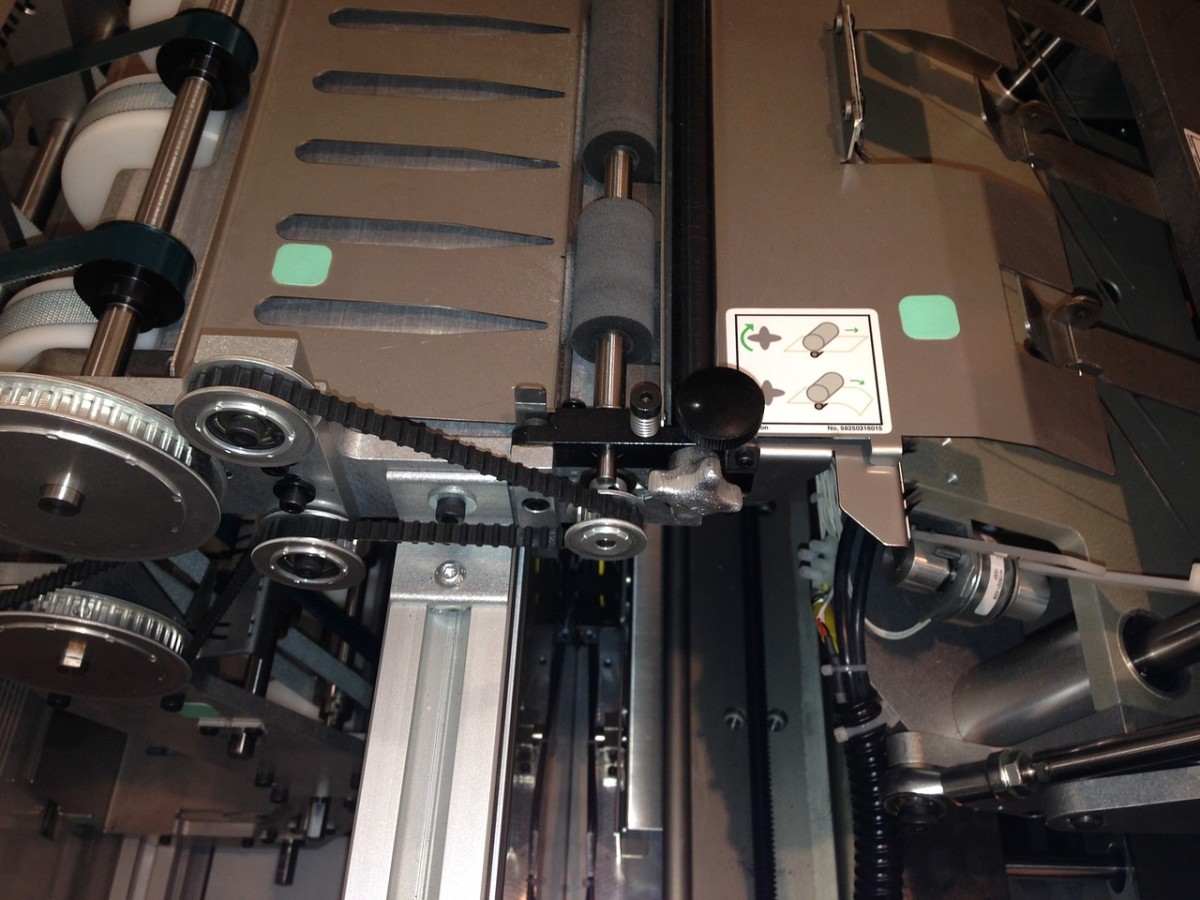Getting Published Today: An Interview with Publisher, April Fields
Writers are talking all over the Internet forums about how the economy and new technology are affecting publishing. I met April Fields on such a writers’ forum about ten years ago, and later in person at a writers’ retreat. At that time Faithful Publishing was in the planning stages. She was ahead of her time in her ideas for a new kind of publishing process. Now her ideas do not seem so out there. I asked her if she’d share her take on publishing today.
Q- Everyone is talking about how hard it is to get published in light of the struggling economy. Tell us what direction you think the publishing industry is going today?
A-First we should define “get published”. If we are talking about traditional publishing, i.e., by large, well-known publishing houses, I’d have to agree it is even more difficult now to get in the door because certainly a downturned economy impacts all business which includes book publishing. But, if we broaden the perspective it is probably easier than ever before to get published because of the explosion of digital publishing options, which includes Print On Demand as well as ebook formats. Anyone with a computer and online connection can self-publish or pay to have someone else do the technical parts, otherwise known as vanity publishing.

Q-Will writers have to change the way they think about “getting published” to keep in step with the changes?
A-This is a given but no different than any other era. To paraphrase Charles Dickens there is nothing as constant as change. Every new innovation in any industry demands that everything that supports the industry must conform to accommodate the inevitable evolution of the way things are done. Newcomers always find it easier to embrace change than those who are old school so it follows that those who cannot adapt or who insist they cannot learn or do differently will no doubt be kicked to the curb and left in a cloud of digital dust.
Q-Many writers are self-publishing for various reasons. Is that a good idea?
A-It’s good, for the most part, but also has a downside too, in my opinion. It is good because the volume of effort helps to propel the innovations but this means there is also a tsunami of what I euphemistically refer to as unedited puke out flooding the market. I’ve never met anyone who didn’t think he/she had a book inside just waiting to be published. I’m not one to dash anyone’s dream on the rocks but it’s not really true that just anyone is able to write a readable book. When I do presentations with students I tell them the first step to becoming a writer is to become an avid reader because not all readers become writers but without exception all writers begin as readers. But if what is out there to read is not bound by some kind of standardized mandate, then as the readers become writers, in the future, we may regret that we allowed the bar to be lowered.
Thus, the potential danger, which will only be identified and evaluated in retrospect, is the undermining or perhaps destruction of the standards of written language that have managed to stand the test of time and change. But, again, good or bad, change always brings with it new standards. Hopefully we will not find out one day that in our haste to innovate we abandoned the true goal of written language which is clear communication. Ultimately what we keep and take with us into the future and what we discard should, if it does nothing else, champion good communication.
Q-You have taken a unique approach to publishing. Tell us about it, and your theory behind it:
A-In the last ten years, digital publishing has had a slow and steady rise in status from “step-child” to “golden child” in the industry. This is, in part, due to leaps and bounds progress in print quality. When I first began reading about POD publishing in 2001 it had already survived the first round of critical advancement but even so it was equivalent to a dirty word and summarily dismissed as “never going to replace traditional publishing” . But even then, disregarding the naysayers, I could see the amazing potential and visualized that one day it would, in fact, not only compete with but eventually replace what we now define as “real” publishing. Back then I learned to keep my visions and defense of POD to myself in the publishing forums I joined to avoid being ridiculed and flamed. But I had experienced similar rebuke from the professional photographers I worked with in the late 80’s. The consensus in the break room on this topic was that digital photography would never replace silver film. We see how that worked out!
While I don’t claim to be a trail blazing visionary I am a realist. What I could see then, that was already happening, convinced me that I wanted in at the ground level even if it meant I’d have to get a little bruised while overcoming the stigma. As always I knew I’d have to do it my way riding on lessons learned in other industries. It is a life-long habit of mine to dive into the middle and work my way out to both ends. In this way, I learn while I’m doing. I chose to begin by doing a vanity published cook book just to see what POD was all about. I took that experience and immersed myself for nearly two years researching the murky and mysterious waters of the world of publishing. I entered enthusiastically as an idealist and when I finally came back up for air I was wiser but considerably less starry-eyed. Turns out the lofty, often idealized, art form of publishing is really just a business. And, I might add, one that doesn’t readily embrace newcomers or radical ideas and often plays rough.
Once I got over that revelation I set out to evaluate what I had learned, refining it to include everything I could not ignore and ignoring everything that did not directly impact what I wanted to do, which was to become a publisher of digitally printed books.
The first most crucial business delineation I knew I’d have to ignore was the long established distribution system which, simply stated, meant I’d have to set a no return policy. Period. And, of course, this also meant I knew I’d not be seeing my titles on consignment in the brick and mortar stores. I could probably write a book about this topic alone. Making this choice meant I was on my own to find ways to get my titles into the hands of the reading public. I never intended to try to emulate or compete with the likes of Random House or Putnam and I can report I have managed to successfully live down to that low goal. But based on purely personal experience in other industries, I knew that sometimes, in the world of business, the big guy is too cumbersome to flex while the little guy, who can make swift policy changes based on an individual customer need or give one on one personalized service, can build a comfortable niche market publishing business.
That then is the crux of my business model. Fundamental to that is choosing titles that do not have a limited shelf life. Historical fiction falls nicely into that description. Even sailing out into unchartered seas there should be a method to the madness. Using Print On Demand means once the hard work is done of editing, formatting and jumping through the technical hoops, a POD book never has to be back-listed and slow and steady can eventually compete with fast and furious. The mega publishers must expect a profit on a title within a short window, usually twelve months. I, conversely, do not have this constraint and some books take time to find their best markets. Perhaps this is why the mainstream publishers are now converting their long time best sellers to POD and ebooks.
Pale as the Moon is Now Available on Kindle!
- Amazon.com: Pale As The Moon eBook: Donna Campbell Smith: Kindle Store
Amazon.com: Pale As The Moon eBook: Donna Campbell Smith: Kindle Store
Q-It seems everyone got an e-reader for Christmas this year. How has that affected your plans for the future of Faithful Publishing?
A-I always assumed I would eventually step up to the next level and gentle prods from two of my authors pushed me over the edge recently. I had to spend some time learning how to convert the book files to the digital format and soon I will have the books in Kindle. I feel confident that I’ll be able to do the same for Barnes & Noble’s Nook. I’m still in the middle working my way out to the ends at this time though.
What about children’s books? Do you think kids are going to go from hard-copy books to e-books? Will the majority of today’s children become e-book owners in the same way they have cell phones? Or will the hard copy book still have a future with children's book publishing?
At this point I’d say anything is possible. Look at children’s books from fifty years ago and compare them to the interactive, battery operated books of today. There is no question in my mind that printing books as we know it today will be eventually delegated to art and specialty books. Kids are already adapted to the digital world, it isn’t a leap to think of books that have multiple interactive media as the norm.
I love books. I have always loved the feel of a book in my hands. Future generations will love what they love, perhaps a Kindle or iPad. That’s okay with me, so long as we can continue to keep kids reading the written word. There is much competition out there for a kid’s time.
When I was four I would sit with a book in my lap for hours willing the words to speak to me. I don’t recall the first moment I began to read. I only know I have never gotten over it.








